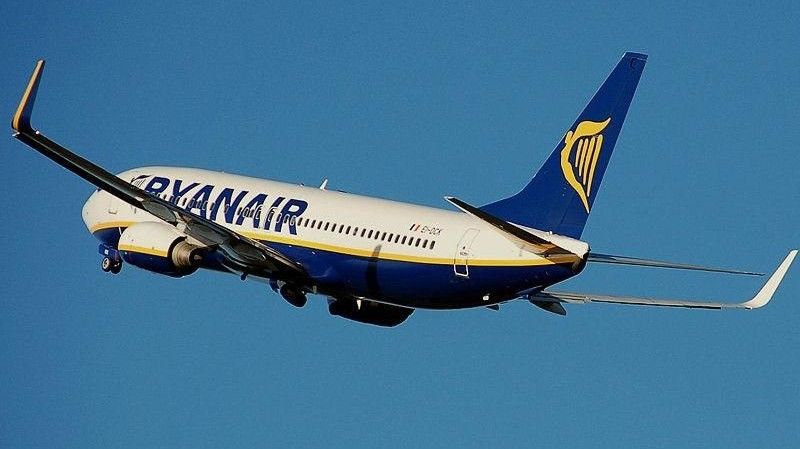The Irish company, which bills itself as the largest airline group in Europe, carrying 200,000 passengers on 3,600 daily flights from approximately 90 bases (37 countries, 626 aircraft), says it will focus on locations where costs are lower and there is potential for business growth, such as Italy (excluding Rome), Sweden, Hungary, Poland, Slovakia, Albania, and Morocco.
Spain
In the case of Spain, whose review had already been announced, the fares scheduled for 2026 by concessionaire Aena will increase 6.5% to an average of 11 euros per passenger, after a decade-long freeze, according to the EFE news agency.
Business experts argue that Ryanair faces the same problem as several other airlines: a shortage of aircraft, as the major manufacturers, European Airbus and American Boeing, have been accumulating delays in deliveries and fleet renewals.
In addition to the lack of aircraft, which prevents demand from being met and limits supply to the most profitable airports, industry sources told EFE that another important factor has been the reduction or even cancellation of subsidies from local or regional authorities for airlines to promote their respective destinations.
France
In France, this Irish low-cost carrier will abandon flights from Bergerac, Brive, and Strasbourg, eliminating 25 winter connections (750,000 seats, or 13% of its capacity). It will also reduce capacity at Paris-Beauvais Airport by 8%, at Marseille by 9%, and at Toulouse by 4%.
In Germany, Ryanair will stop providing 800,000 seats, approximately 10% of its planned capacity, although it intends to operate at some regional airports, abandoning nine others it considers "expensive," such as Berlin, Hamburg, and Cologne, thus ending 24 connections.
Austria is another country that will be affected, with three fewer connections from Vienna to Billund (Denmark), Santander, and Tallinn, due to a 30% increase in fares following the Covid-19 pandemic, according to data released by Ryanair.
Earlier this month, the airline had already announced a capacity reduction in Riga (160,000 fewer passengers, 20%) and the end of seven international routes from that location.
In Lithuania, the company's activity will also see no increase because fares in Vilnius have increased by 30% since 2023 and by 7% at the more tourist-friendly Palanga airport.
Estonia, in Tallinn, can expect a 40% reduction (110,000 seats and five international connections), as fares have increased by 70%, Ryanair explained, after already having reduced by 45% (230,000 passengers).
Portugal
In Portugal, Ryanair CEO Michael O'leary announced new routes in Portugal for the winter on September 18th — originating from Porto, Faro, and Funchal, leaving Lisbon out — and criticised TAP's sales model and the new airport process, once again defending the Montijo solution and the sale of 100% of the Portuguese airline.













